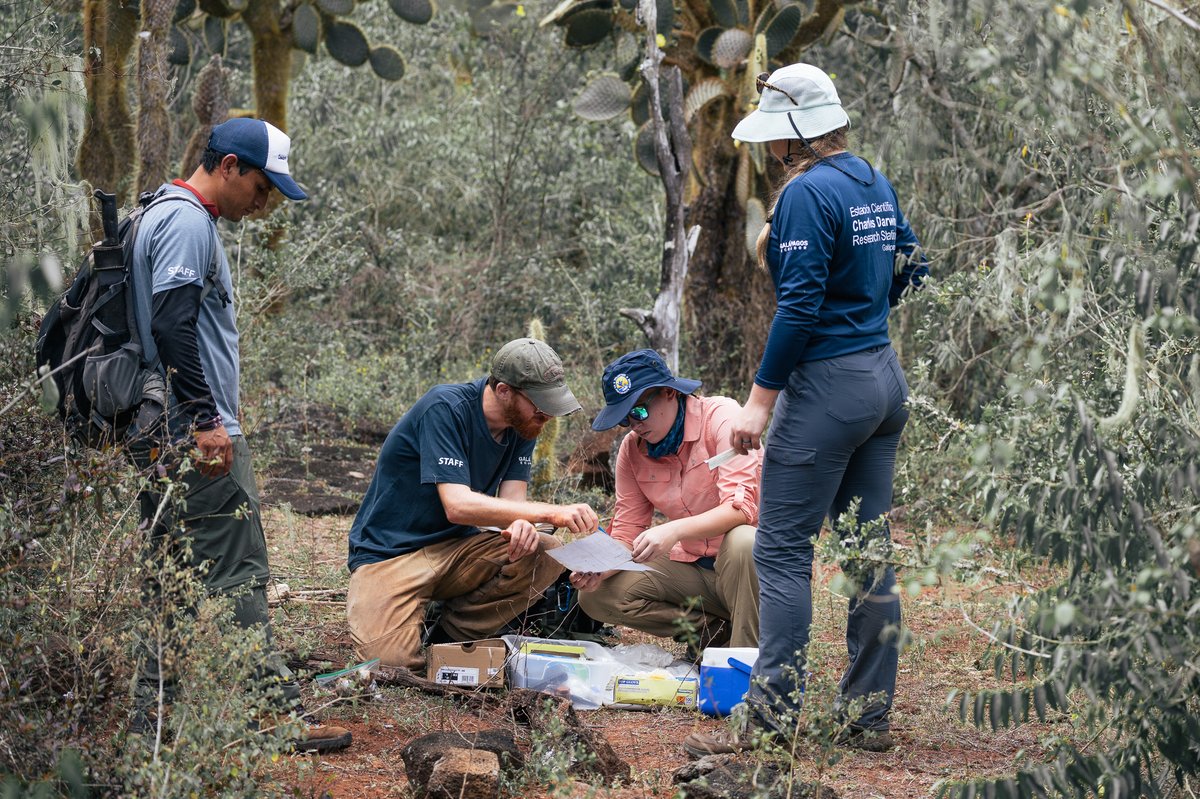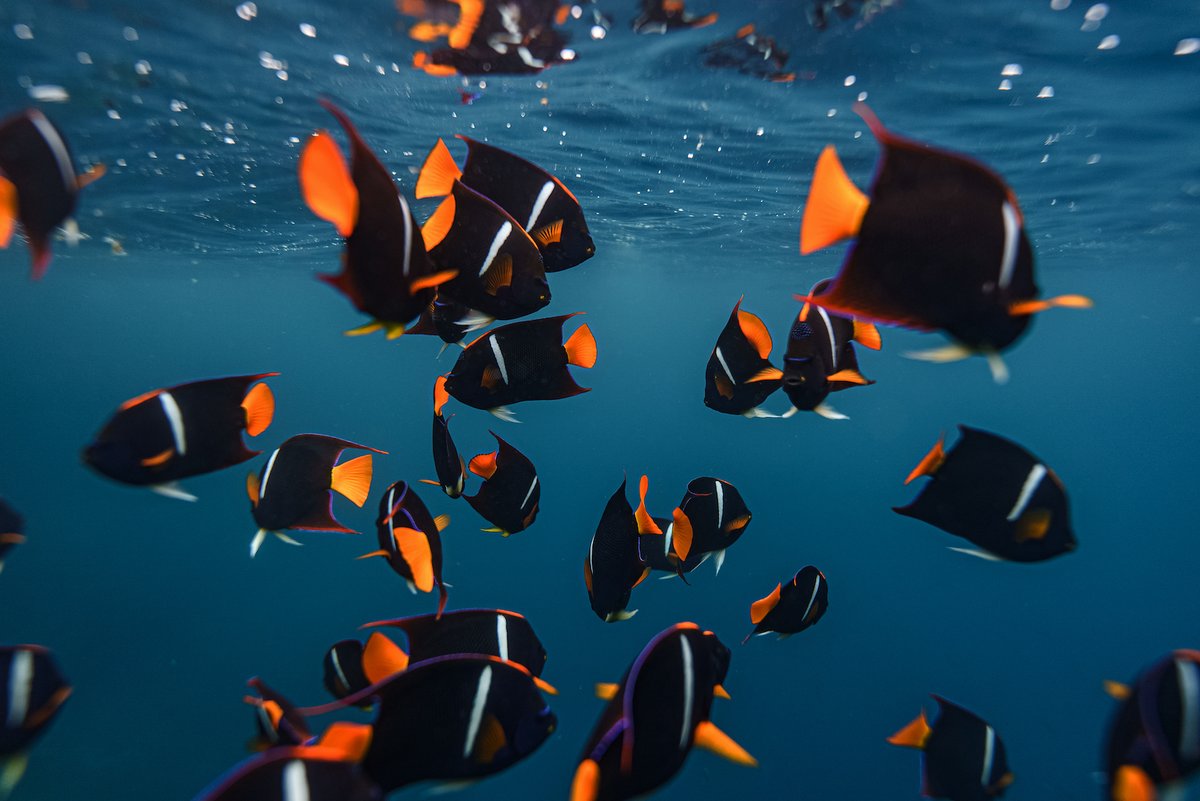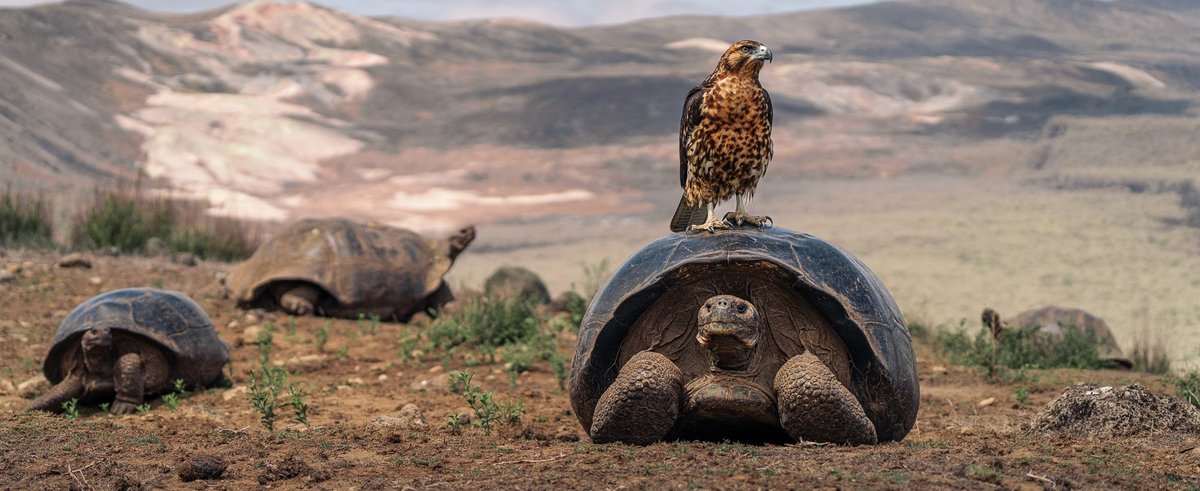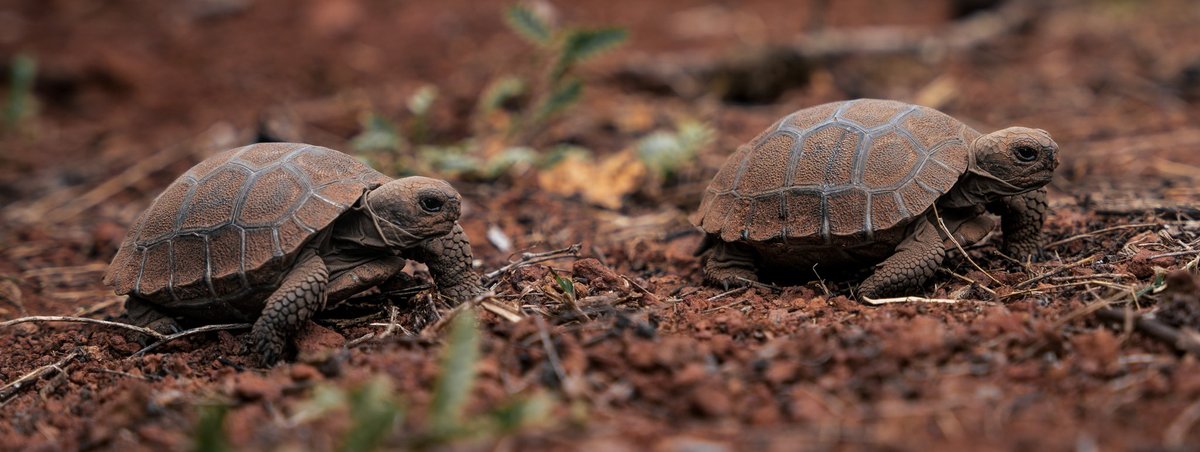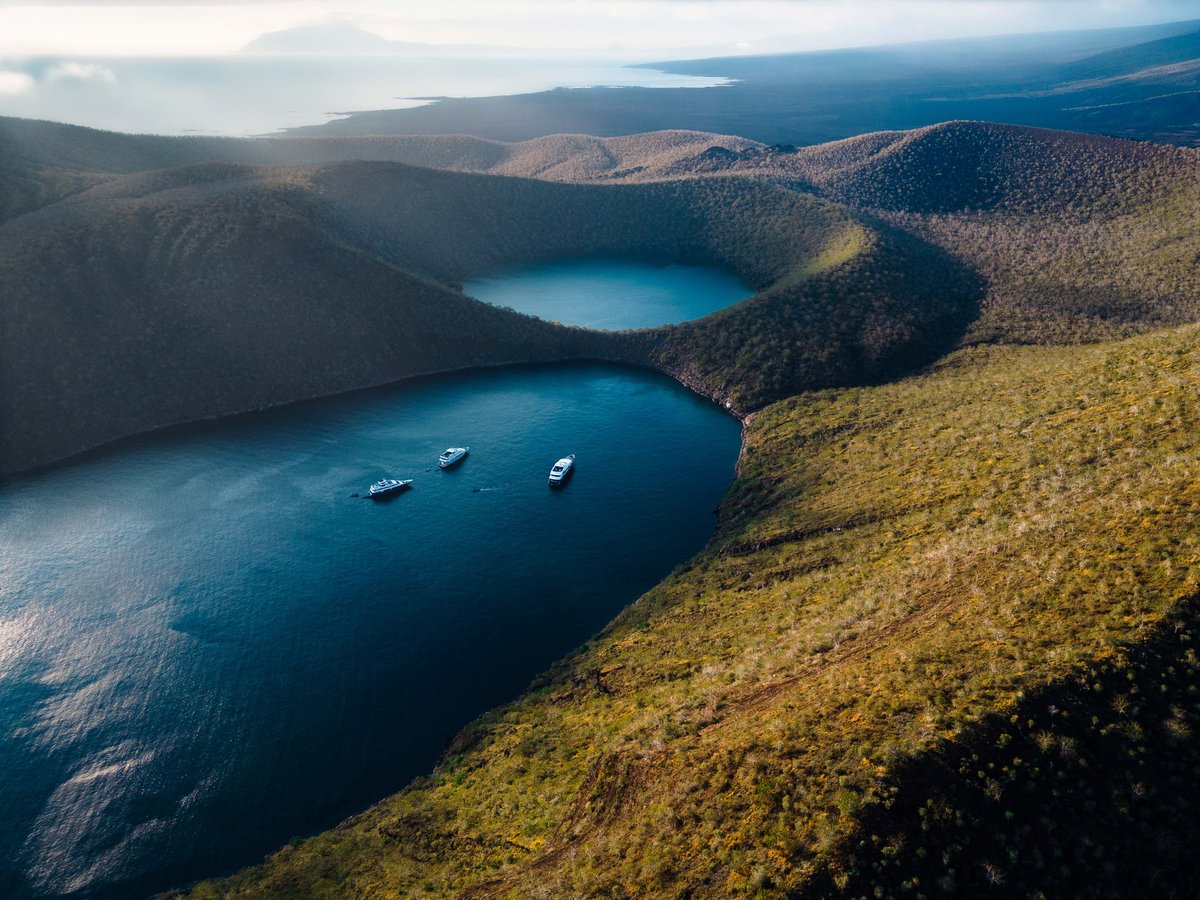Galápagos Celebrates Historic Breeding Season for Landbirds
Santa Cruz, 28 May 2025 — The 2025 breeding season has marked a significant milestone for the iconic landbirds of Galápagos, notably for the Little Vermilion Flycatcher (Pyrocephalus nanus) whose population on Santa Cruz Island is showing gradual signs of recovery. Meanwhile, conservation efforts remain challenging yet essential for the Critically Endangered Mangrove Finch (Camarhynchus heliobates).
This season’s notable achievements result from coordinated actions between scientists from the Charles Darwin Foundation (CDF), park rangers from the Galápagos National Park Directorate (GNPD), and international partners, alongside particularly favorable natural conditions that boosted wildlife across the archipelago.
Little Vermilion Flycatcher: Record-breaking Season with 39 Fledglings
Once widespread across the highlands of Santa Cruz Island, the Little Vermilion Flycatcher population has faced a steady decline over the past decades, with an estimated 30-50 individuals currently living in a restricted area near the visiting site of Los Gemelos. Major threats include invasive plant species like blackberry (Rubus niveus) and saúco (Cestrum auriculatum) that have caused habitat degradation, predation by introduced rats and cats, and parasitism by the invasive Avian Vampire Fly (Philornis downsi).
To reverse this population decline, since 2014 the CDF and GNPD have been jointly implementing a comprehensive conservation strategy focusing on invasive plant species removal, habitat restoration and the treatment of nests to combat fly parasitism. The results in 2025 have been extraordinary, with a record-breaking 39 fledglings emerging from 10 breeding pairs through 27 nesting attempts, achieving an impressive 75% nest success rate—up from 15 fledglings and a 53% nest success rate in 2024.
While the birds benefited significantly from an earlier breeding start due to warmer weather—with eggs already appearing in November and fledglings before Christmas—it is clear that our continuous restoration of Scalesia forest habitat has been instrumental in supporting this success and sustaining the growing bird population. Restoration efforts were expanded in 2024 by an additional 7 hectares, in time for the 2024/25 breeding season, totaling approximately 17 hectares now cleared of invasive blackberry and saúco. The habitat under restoration enabled birds to forage more efficiently, enhancing nest survival rates, while the creation of ecological corridors linking these recovering habitats, is offering pathways for birds to expand into new territories to find a mate. Persistent removal efforts however remain essential, as blackberry seeds can remain viable in the soil for over a decade.
Birgit Fessl, Principal Investigator for CDF’s Landbird Conservation program, notes: "This year’s breeding season has been incredible, lasting nearly six months. Three pairs even achieved three successful nests—an extraordinary feat. Active habitat restoration clearly played a pivotal role. Watching the birds effortlessly swoop down, capturing insects mid-air just above the restored forest floor, and swiftly returning to feed their chicks without straying far from their nests is a beautiful sight and we look forward to continue to restore more area to cater to the needs of Santa Cruz’ growing population. Each restored hectare moves us closer to achieving long-term ecosystem resilience.”
A significant reduction in parasitism by Philornis downsi was another remarkable outcome with only one nest lost to parasitism this year. This success is thanks to the use of treated nesting material dispensers placed near nesting sites, which allows birds to build parasite-free nests without the need for direct intervention. Essentially helping birds to help themselves!
“In previous years, we relied on both nest fumigation and treated nesting materials stations to protect the birds. This year, however, we exclusively provided treated nesting materials. Our results demonstrate that this method is highly effective on its own, significantly reducing nest parasitism while being far less invasive. The birds eagerly adopted the sisal fiber and down feathers we supplied, greatly improving breeding success,” explained David Anchundia, senior researcher at CDF.
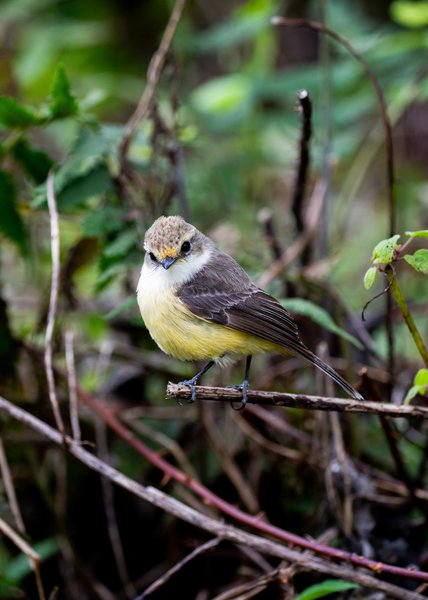
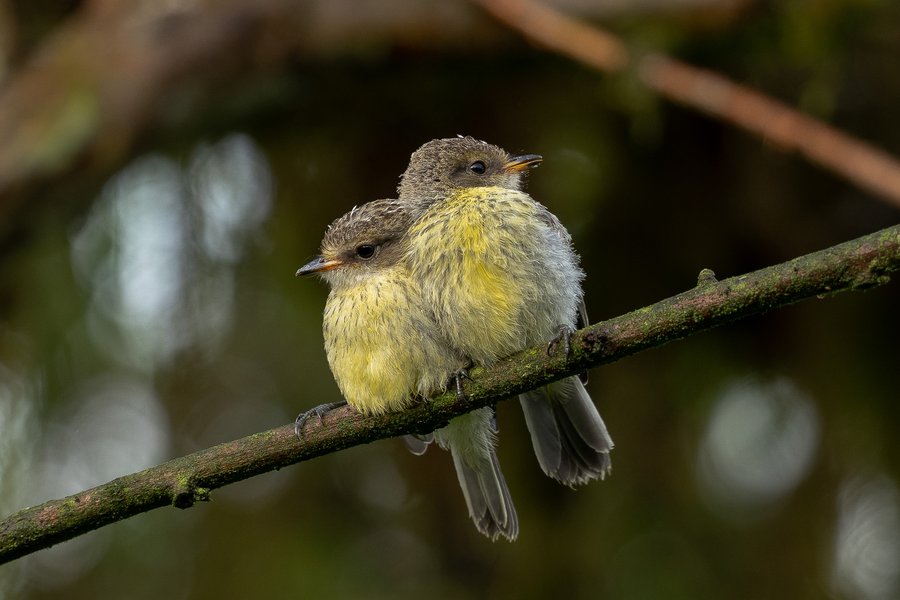
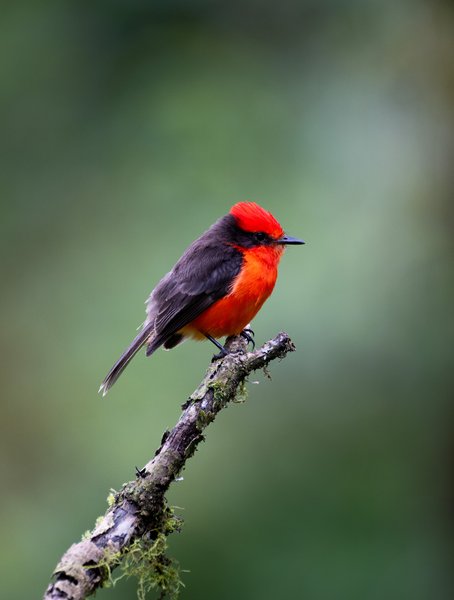
Mangrove Finch: continued conservation priority
Meanwhile, the Critically Endangered Mangrove Finch remains a conservation challenge and an absolute priority for researchers and park rangers. Threatened by rodent predation and Philornis downsi parasitism, the CDF and GNPD have developed and implemented hands-on conservation management since 2006 to prevent the Mangrove Finch’s extinction.
Under the leadership of María Igual Beltrán, CDF’s new Principal Investigator for Mangrove Finch conservation and a specialist in recovering critically endangered bird species, the 2025 season yielded eight fledglings from 12 breeding pairs across 19 nesting attempts (only 6 nests were successful). This compares to 13 pairs fledging 11 chicks in 2024, 16 pairs fledgling 18 chicks in 2023—an outlier year—and 12 pairs fledgling 4 chicks in 2022. When the team left the field at the end of March, three nests were still being actively incubated and five Mangrove Finch pairs were continuing to defend or build nests, suggesting a strong possibility that more chicks may yet hatch this season.
The Mangrove Finch inhabits two isolated patches of landlocked mangrove forest on the remote western coast of Isabela Island. Similar to the Little Vermilion Flycatcher, the 2025 breeding season for the Mangrove Finch was characterized by prolonged warm and wet weather, with particularly heavy rainfall. Researchers hypothesize this unusual climate might have contributed to nest failures during incubation, though further studies are needed for confirmation.
Interestingly, researchers observed an unprecedented early breeding start, with six fledglings recorded in late February—a first in over a decade of monitoring. Researchers suggest this early success might be linked to the insecticide-treated nesting material made available to the birds at the beginning of the breeding season in January, which may have reduced Philornis downsi parasitism. A total of 19 nesting material distribution points were placed near breeding territories. No direct chick husbandry interventions were conducted this year.
“Seeing successful nests this early in the season is truly unprecedented. For the past five years, we’ve been working to identify nesting materials that Mangrove Finches actually want to use, aiming to adapt the treated nesting material dispenser strategy that’s proven effective with other bird species. But every species is different—not all birds prefer the same materials, and they don’t always respond to them in the same way. This year marked a real breakthrough, with Mangrove Finches finally accepting the new materials and incorporating them into their nests. We’re excited to build on this success next year and continue exploring innovative ways to boost their reproductive success,” said María Igual.
Today, the Mangrove Finch is considered Galapagos’ rarest bird with the latest 2023 monitoring records estimating the population at 62 individuals. Despite intensive conservation management over the past two decades, the species continues to struggle.
“When a critically endangered species remains at risk despite extensive conservation efforts, it underscores that we have yet to fully unravel the complex challenges it faces. Conducting intensive research in this remote and demanding environment requires significant resources and dedicated focus. But each discovery brings us closer to understanding how to rebuild resilience in this unique species. Saving the Mangrove Finch not only benefits Galapagos but also serves as a powerful example for global conservation, inspiring efforts to protect other critically endangered species around the world," added Rakan Zahawi, Executive Director of the Charles Darwin Foundation.
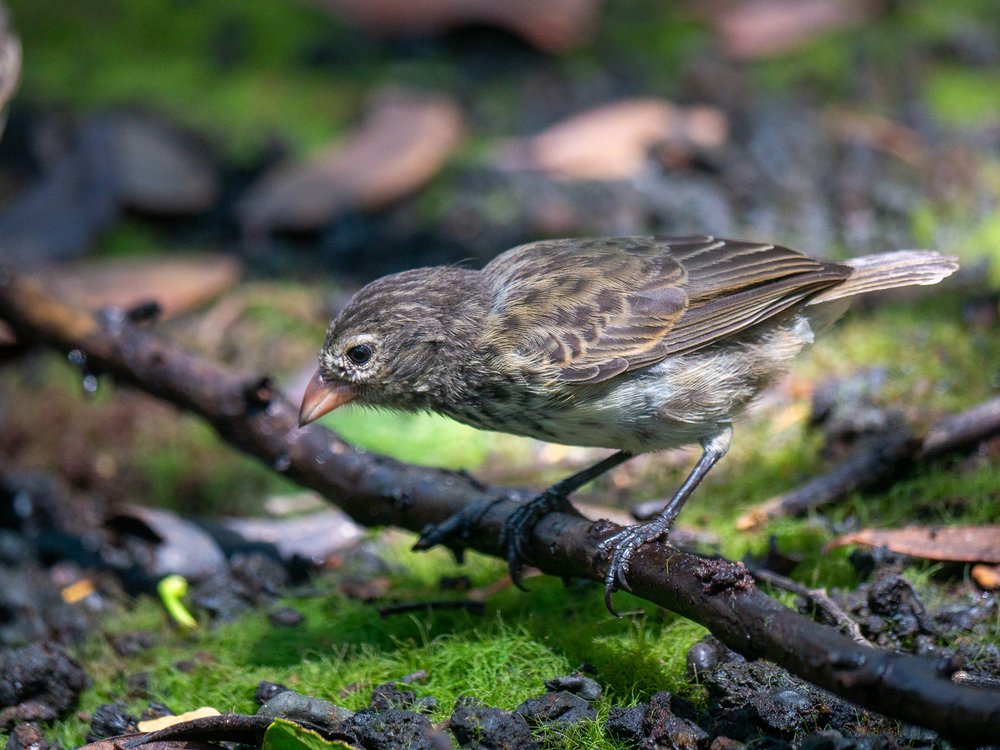
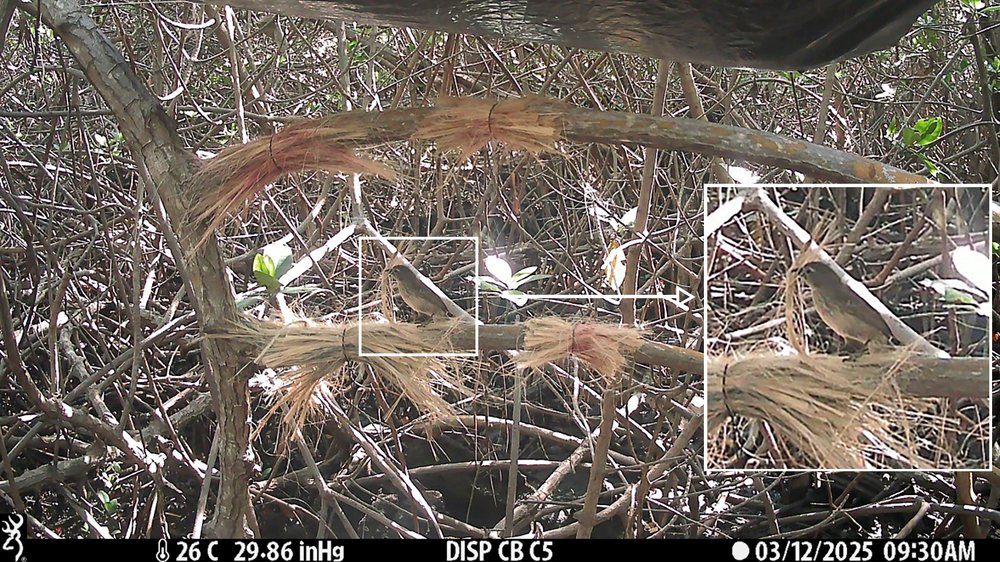
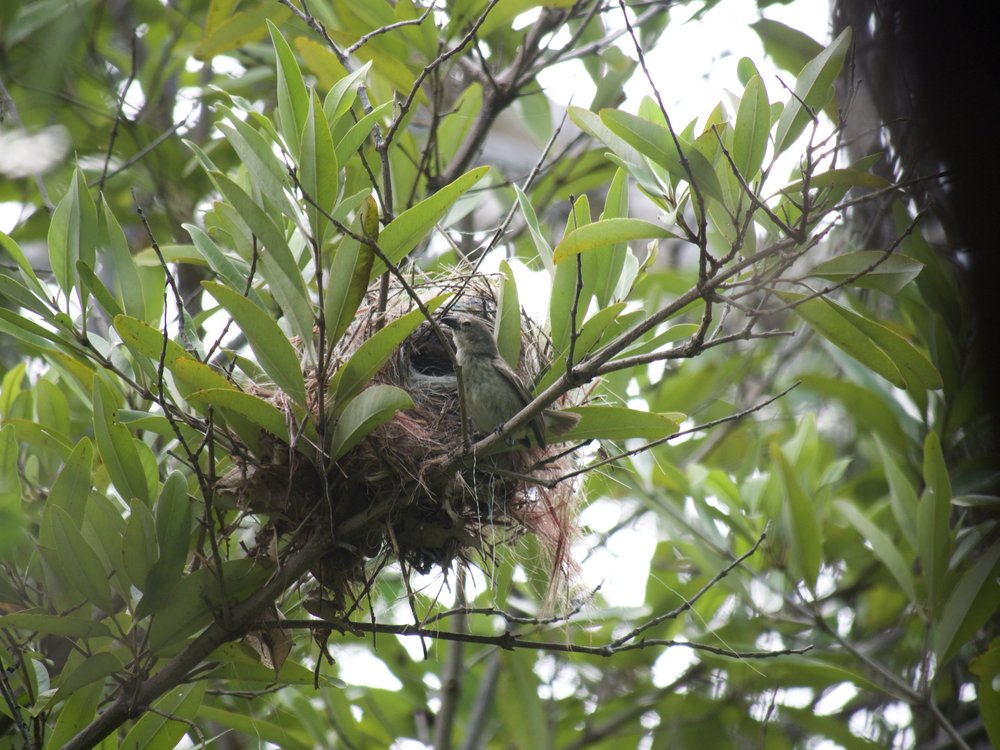
The Charles Darwin Foundation and Galápagos National Park Directorate remain dedicated to ongoing research, conservation actions, and habitat management to ensure the long-term resilience and survival of these iconic Galapagos land birds.
Our work with the Little Vermilion Flycatcher this breeding season was possible thanks to the generous support of Kris Norvig, Friends of the Galapagos Islands Switzerland, Galapagos Conservation Trust, Lindblad Expeditions - National Geographic and FEIG. Meanwhile, our work to save the Mangrove Finch was made possible this season thanks to Re:Wild, Kris Norvig and Galapagos Conservation Trust.
Notes to editors:
For media enquiries please contact:
Charles Darwin Foundation
Ambre Tanty-Lamothe or Leslie León
comunicacion@fcdarwin.org.ec
About the Charles Darwin Foundation
The Charles Darwin Foundation for the Galápagos Islands (CDF) is an international non-profit organization that has been present in Galápagos since 1959, operating under a special agreement with the Government of Ecuador. Its mission, along with that of its Research Station, is to tackle the greatest threats and challenges facing Galapagos through scientific research and conservation actions, aiming to protect one of the world’s most important natural treasures. Currently, CDF conducts over 25 research and conservation projects and curates more than 135,000 specimens within its Natural History Collections. The foundation's diverse team consists of more than 140 members, primarily Ecuadorian citizens, with over 60% being Galapagos residents. For more information, visit: www.darwinfoundation.org.
